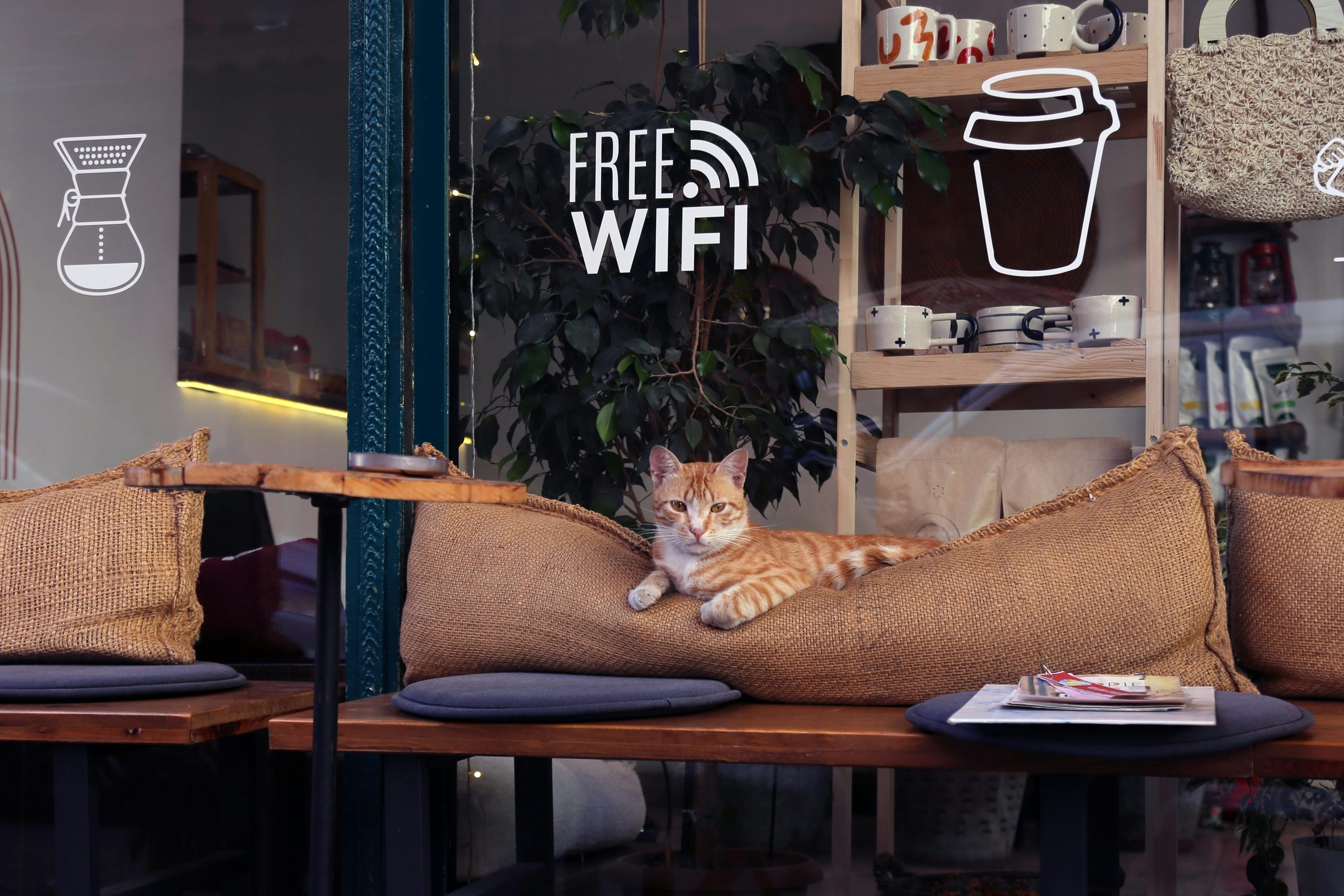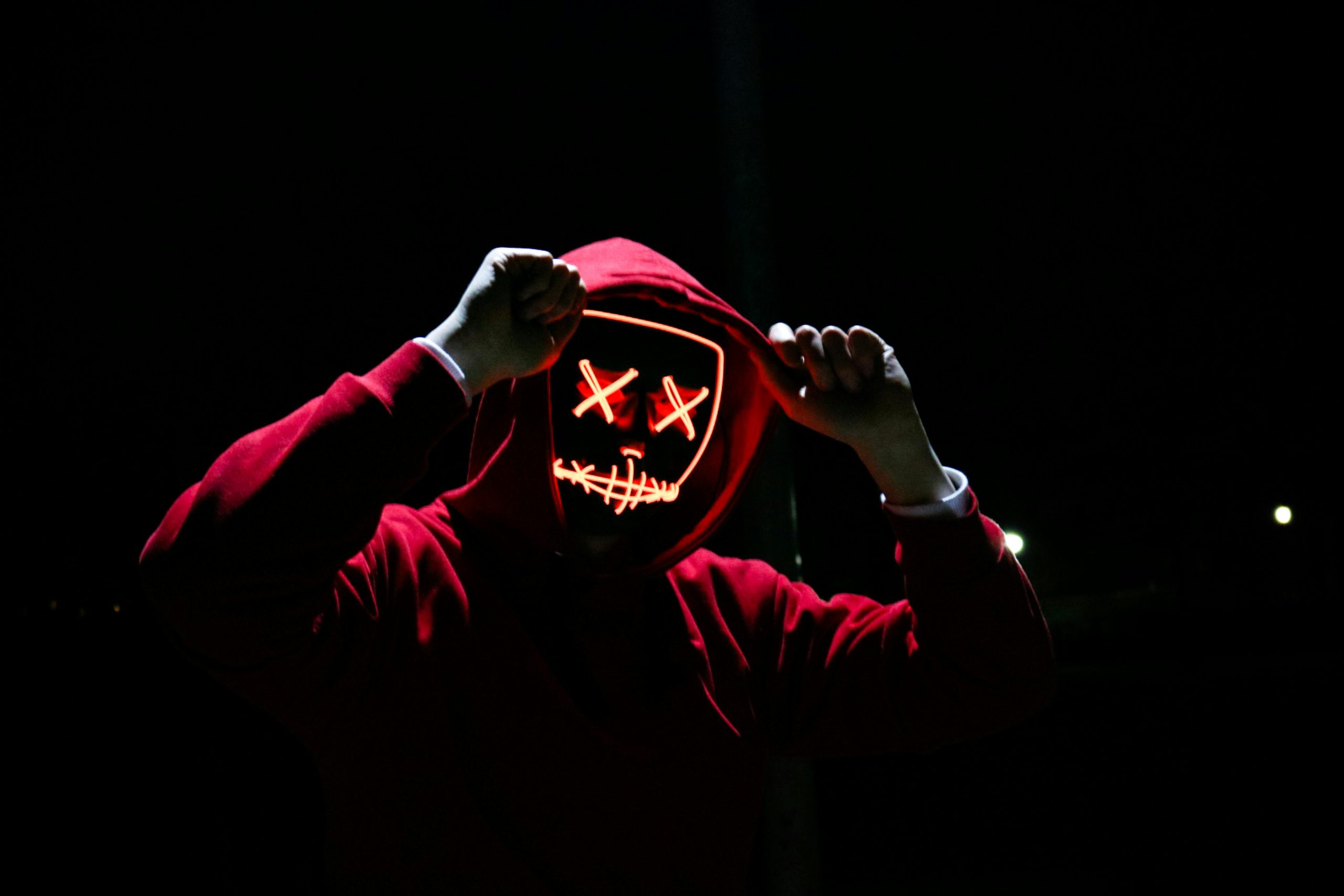(And easy ways to protect yourself.)
We’ve all done it.
You’re at a café, airport, or hotel lobby, you see a free Wi-Fi network pop up — no password, no hassle — and you connect. Within seconds, you’re browsing, checking emails, maybe even logging into your bank account.
But here’s what most people don’t realize: that free Wi-Fi could cost you everything.
Public Wi-Fi, while convenient, is one of the most common tools hackers use to steal data from unsuspecting users. And coffee shops are a goldmine — especially because they attract professionals, students, and tourists with valuable personal and financial information.
Let’s explore how these cyber traps work, the risks involved, and simple steps you can take to stay protected — even if you must connect.
Why Public Wi-Fi Is So Dangerous
Public Wi-Fi is often:
- Unencrypted: Data you send and receive isn’t scrambled — meaning anyone nearby can intercept it.
- Unprotected: There’s usually no login or network segmentation, making it easy for hackers to mingle.
- Fake or spoofed: Hackers can set up a Wi-Fi hotspot that looks legitimate — for example, “CoffeeShop_WiFi” — and wait for people to connect.
Once you’re connected, you’re exposed.
How Hackers Exploit Public Wi-Fi
Here are the most common techniques hackers use in places like coffee shops:
1. Man-in-the-Middle (MITM) Attacks
In this setup, the hacker positions themselves between you and the website or service you’re using. All the data you send — login details, messages, payment info — passes through the attacker before reaching its destination. They can:
- Read your emails.
- Capture your bank login.
- Alter what you see on a website.
2. Evil Twin Networks
Hackers create a network with a name similar to the real one (e.g., “Starbucks_WiFi_Free”). If you connect to it thinking it’s safe, they can monitor everything you do — and you may never even realize you were on a fake network.
3. Packet Sniffing
This involves using tools to “listen in” on all the data traveling across the network. On unsecured Wi-Fi, it’s like eavesdropping on a public conversation. Hackers can extract:
- Usernames and passwords.
- Personal messages.
- Images and documents.
4. Session Hijacking
Even if your login is secure, hackers can hijack your session using cookies (small files that keep you logged in). That means they can access your accounts without knowing your password.
5. Malware Injection
Some hackers go further — they push malware or spyware into your device through a network connection. This can result in long-term surveillance, keylogging (recording everything you type), or ransomware attacks.
What You Risk on Public Wi-Fi
You might think, “I’m not doing anything important.” But think again. Here’s what’s actually at stake:
- Bank logins and transactions
- Social media credentials
- Email access (which is often the gateway to everything else)
- Photos, files, and private conversations
- Saved passwords and autofill data
- Access to your work or company systems if you’re remote working
Even one short browsing session on public Wi-Fi can be enough for a skilled hacker to collect everything they need.
How to Protect Yourself on Public Wi-Fi
The good news? You don’t need to avoid public Wi-Fi forever — you just need to use it wisely. Here are simple but powerful ways to protect yourself:
✅ 1. Use a VPN (Virtual Private Network)
This is your #1 defense. A VPN encrypts your data, making it unreadable to hackers — even if you’re on a compromised network.
There are many reputable services like NordVPN, ExpressVPN, or ProtonVPN.
✅ 2. Turn Off Auto-Connect
Your phone or laptop may automatically reconnect to known Wi-Fi networks — even spoofed ones with the same name. Always disable auto-connect when in public places.
✅ 3. Use HTTPS Websites Only
Check the URL of any website you visit. If it doesn’t start with https://, don’t enter personal data on it. A browser extension like HTTPS Everywhere can help enforce this rule.
✅ 4. Avoid Accessing Sensitive Accounts
Don’t check your bank balance, log into work systems, or shop online using public Wi-Fi — unless you’re using a VPN.
✅ 5. Enable Two-Factor Authentication (2FA)
This adds a second layer of protection. Even if your login is stolen, a hacker can’t access your account without the second code.
✅ 6. Keep Devices Updated
Outdated software often has security holes. Make sure your operating system, browser, and antivirus software are all current.
✅ 7. Forget Networks When Done
After using public Wi-Fi, tell your device to forget the network so it won’t reconnect to it automatically later.
Don’t Let Convenience Cost You Your Identity
Public Wi-Fi is convenient — but convenience often comes at a cost.
Hackers love places where people let their guard down, and coffee shops are at the top of that list.
With the rise in remote work, travel, and online activity, staying safe online is no longer optional.
It’s essential.
Need help?
If you think your data may have been compromised after using public Wi-Fi, our team at Fast-Recover can investigate and help you take immediate action.
📩 Reach us at info@fast-recover.com


